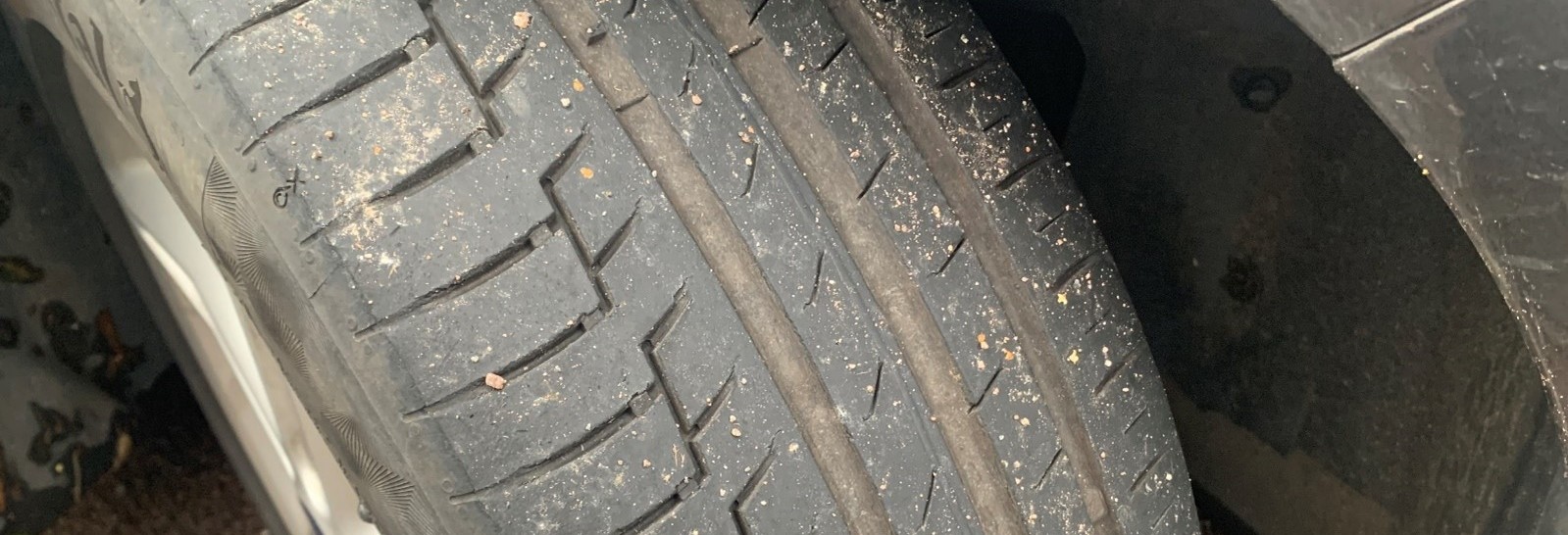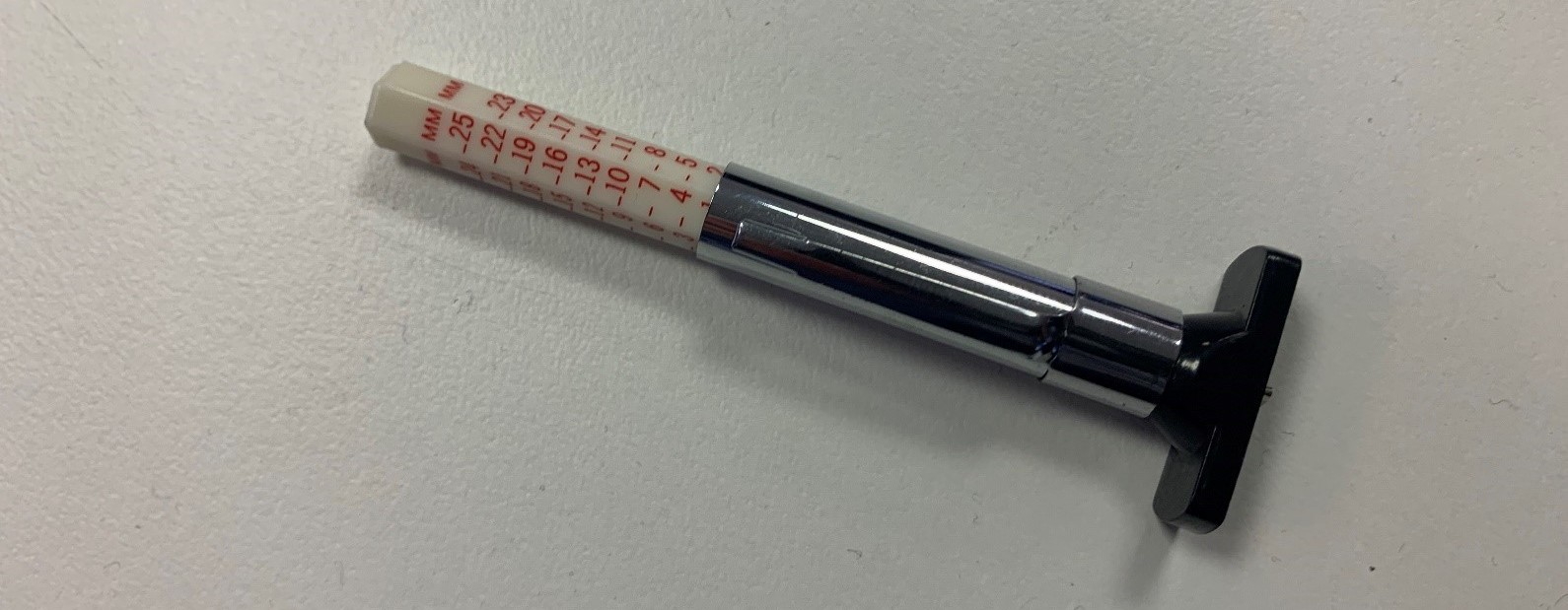All You Need to Know About Tyre Depth
Posted on 4th November 2021 at 15:25

Tyres often get overlooked when it comes to car checks and safety, however, many people often forget that tyres are the one part of the car that is always touching the road and is a key component of keeping you safe while on your travels. However, not everyone is familiar with how to check their tyres, or what condition your tyres should be in. As such, in this article, we’ll go over some tyre basics and how to check on your car tyre tread depth to ensure they are road safe!
The Legal Stuff
The legal minimum tread depth for car tyres in the uk is 1.6 millimeters, across the central ¾ which is 75% of the tread around the complete circumference of the tyre.
The Expert’s Opinion
The opinion from experts and mechanics in the industry differs from what the law requires. While the law requires the minimum depth of tread for car tyres is 1.6mm, many mechanics recommend changing your tyres between the 2mm and 3mm mark: this is when braking distance is most greatly affected by wearing of tyres. Tread depth on new tyres begins life with approximately 8-9mm of tread depth. Studies have shown that at this stage, wet braking distances can be increased by up to 44%.Tyres that are heavily worn also pose another danger to both yourself and other road users, as having excessively worn tyres can dangerously affect your grip on the road, which could make an accident more likely to occur. Wet weather only amplifies this problem as the design of tyres is meant to help redistribute water, giving your tyres more grip on the road. However, if they’re excessively worn, the efficiency and ability of the tyres to do this may be hindered or even removed, depending on how badly the wear of the tyres is.

Looking After Your Tyres
So, how can you look after your tyres so they keep you safe on the road for longer? Well there are several things you can do, as outlined here:
Check your car tyre tread depth regularly. This can be done in several ways but it is vital that it is done right. Firstly many tyres come with indicators on so you can roughly tell how much depth is left before the legal limit is reached.
Another way you can test your car tyre tread depth is with a 20p coin. As the border of the coin is about 2mm, you can tell if the tyres are legal or not based on if you can see the border of the coin when it is placed in the tyre grove.
A cleaner way of performing a depth check is with a biro. If you take the inner ink cartridge from a standard biro pen and insert it into the tread lines around the edge of the tyre, you should be able to get the pen into the groves without it going above the actual groves. If it does, it’s a sign to get your tyre depth properly checked.
Possibly the most accurate way is to use a tyre depth gauge. These can tell you the exact depth of the tyre down to the millimetre and come in all shapes and sizes and range in price from a few pounds for a basic model to £20+ pounds for a model with all the bells and whistles.
Another factor that is important to be aware of is tyre pressure. Whilst tyre tread will always recede over time, they will wear more if you have the incorrect amount of pressure in your tyre. By reading the manual that comes with your vehicle you will learn the PSI (Bar) required for your car based on the amount of passengers / luggage you are carrying. Regularly checking your tyre pressure can increase the lifespan of your tyres and will also keep you much safer when driving.

Conclusion
Looking after your tyres is not only a smart idea, but it’s a necessary one from a safety angle! They are the only things making contact with the road, continuous contact with the road, so ensuring that your car tyres treads have the correct depth and pressure is essential! Even though the minimum tyre depth is 1.6mm, a new tyre depth is between 8-9mm, so that is quite a difference. Just remember, if in doubt, take it into a garage and have a trained professional take a look at it!
Share this post:

